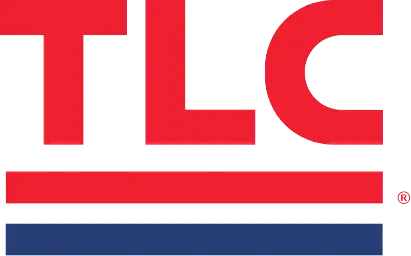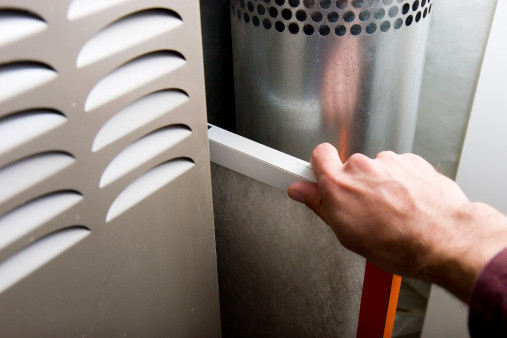Your furnace isn’t just a hunk of metal hanging out in the garage or the hallway closet of your home; it’s your main source of heat during the colder Albuquerque months.
But, how can you make sure it’s running at its best? Even if you’re not an expert, getting to know the functions of your furnace can help you keep your home safe, warm and energy efficient all winter long.
To help you learn the ropes, the professionals at TLC have put together 10 things you may not know about your furnace. These helpful facts will not only help you keep your furnace running great, but can help you quickly diagnose a problem or repair your furnace.
1. Safety First
In order to keep your home warm this winter, keep your family safe by having your furnace installed by a professional, inspected on a yearly basis, and cleaned thoroughly.
2. Furnaces Need Yearly Inspections
Furnace inspection should happen every year during the fall, before the cold weather arrives. Check for leaks in the flue pipe (leaking carbon monoxide is unsafe). This will also allow time for repairs before the winter arrives.
3. Mandatory Cleaning
In the combustion chamber of your furnace, air is mixed with fuel—generating heat, water vapor, soot and carbon dioxide. This must be cleaned—build up can cause corrosion.
4. Changing the Air Filter
During the winter, the air that exits out of the ducts goes through a furnace filter. Keep the air clean by changing out the filter every 1- 2 months.
5. Floor Vents Get Dirty
Clearing out the old dust and grime sitting in your floor vents is important for the air your breathing and your furnace’s overall efficiency. This can be done by vacuuming out the floor ducts.
6. Burner Flames
Did you know that the flames in your furnace should look a certain way? The flames should be fairly even and blue. Yellow flames may mean your furnace is dirty.
7. Thermostats Need Calibration
It’s important to know that your thermostat (even smart thermostats) must be calibrated correctly in order to heat your home efficiently. This will provide accuracy when it comes to the overall function of your furnace.
8. Motors & Bearings need Lubrication
These important parts of your furnace must be lubricated. Most of the time, the installer of your furnace uses parts that are permanently lubricated, but it still needs to be checked on.
9. Energy Efficient
Comparing the measure of heat production to the amount of fuel use is essential when it comes to your furnace. In the U.S., your furnace must have a 78% Annual Fuel Utilization Efficient measure.
10. Gas vs. Oil?
A gas furnace is far more efficient. Being the most popular energy source in the U.S., natural gas is considered environmentally safe.
When it comes to understanding your furnace, it’s key that you know how your furnace should work, especially if a professional is installing or cleaning it.
At TLC Plumbing, we have knowledgeable technicians on staff with the professional experience to inspect, clean and even install your new furnace. And if you encounter a heating emergency, TLC Plumbing will provide you will immediate assistance no matter what time it is. We’re here for you 24/7.
Contact us today for furnace assistance today! 505.761.9644.
Download our free furnace buying guide:
 This guide was designed to provide you with valuable information when replacing your furnace. If you are considering replacing your furnace get all the information you need to make an informed decision.
This guide was designed to provide you with valuable information when replacing your furnace. If you are considering replacing your furnace get all the information you need to make an informed decision.

